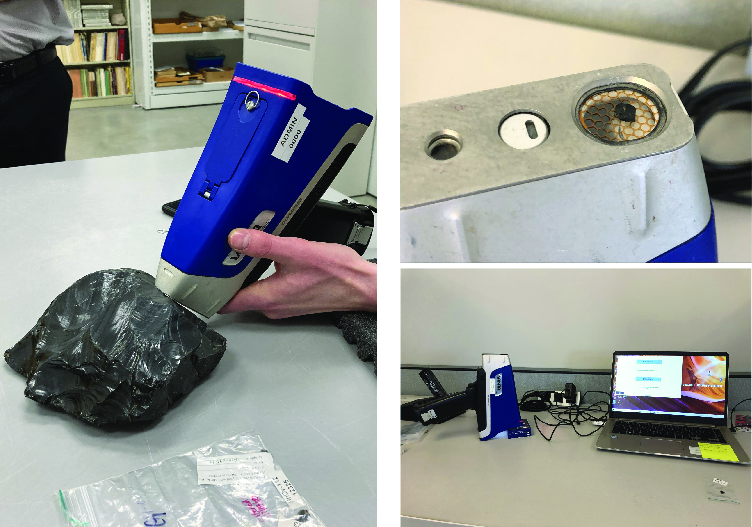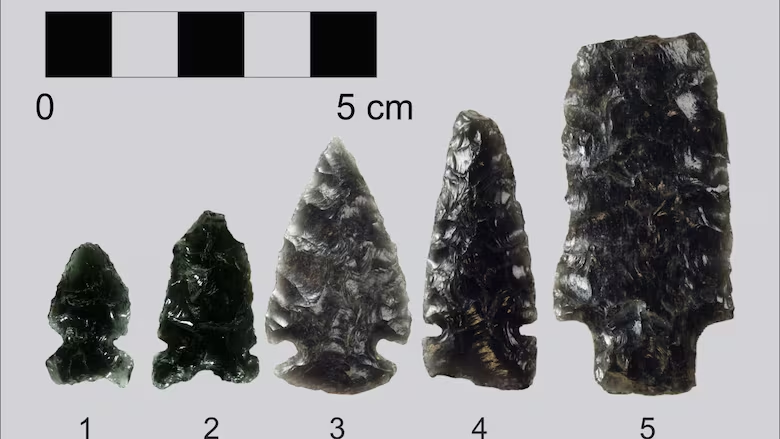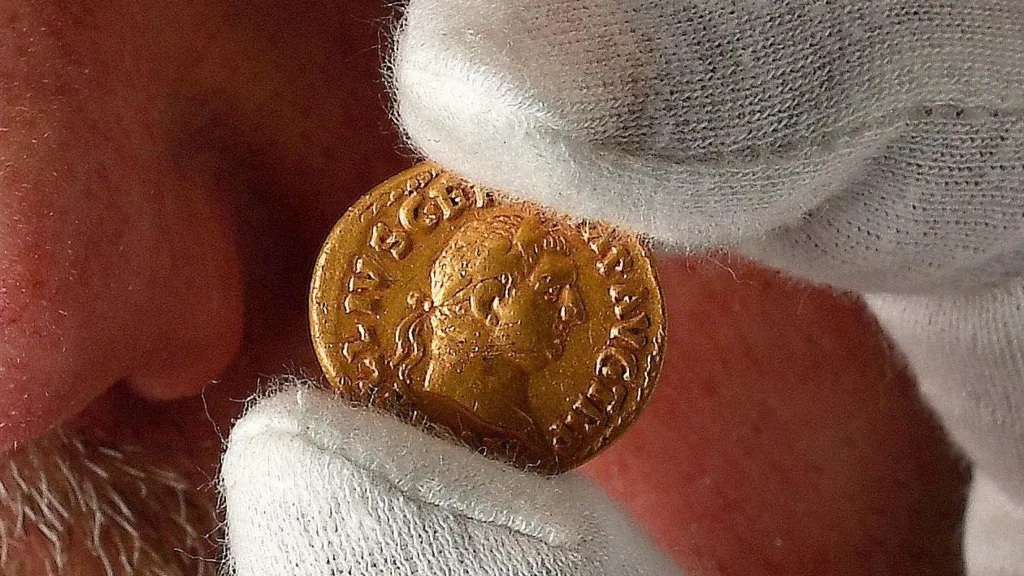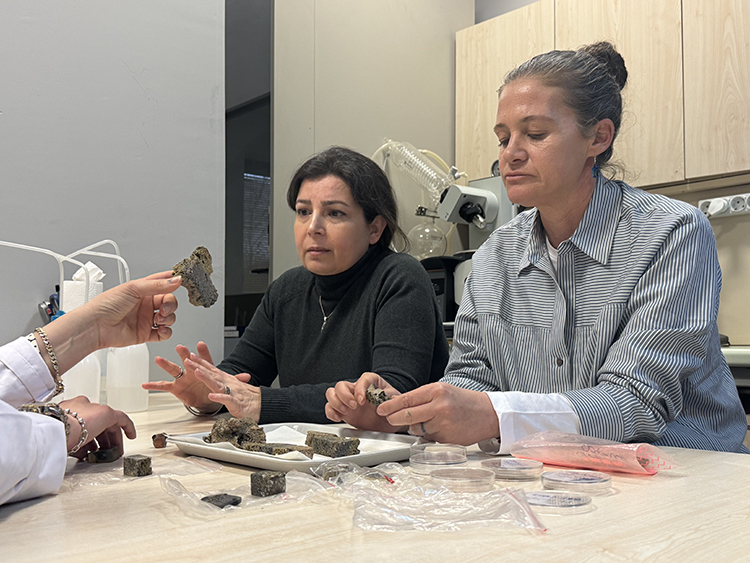Recent research in the province of Alberta, located in western Canada, presents striking evidence of significant long-distance trade among Indigenous peoples in the region before the arrival of Europeans. This groundbreaking study re-evaluates and updates previous analyses, shedding light on the complex social and economic interactions that prevailed in the area.
“The magnitude of the obsidian trade suggests that millions of people were likely in contact with each other,” said archaeologist Timothy Allan, author of the report and member of Ember Archaeology, an archaeology and historical resources consulting firm based in Sherwood Park, Alberta, speaking to CBC.
Analyzing obsidian from 285 archaeological sites along Alberta’s Eastern Slopes, the research found that most artifacts originated from Bear Gulch in Idaho, Obsidian Cliff in Wyoming, and two sources in British Columbia (Anahim Peak and Mount Edziza). Notably, Bear Gulch obsidian accounted for 61.8% of the artifacts, indicating a strong preference for this source among Indigenous groups.
The study highlights the relationship between obsidian distribution and communal bison hunting practices, particularly in the southern part of the Eastern Slopes. The findings suggest that obsidian was not merely a tool for daily use but also a part of vital trade networks connecting distant communities along river systems.

Interestingly, the research shows that obsidian from southern sources is often found in large quantities, while those from northern sources are less common and typically occur in smaller lithic scatters. This difference implies that trade dynamics between northern and southern regions of Alberta varied significantly.
The presence of obsidian at bison jump sites, where large bison herds were driven for mass hunting, indicates these locations’ role in facilitating trade. The study reveals that nearly half of the sites containing Bear Gulch obsidian are located within 10 kilometers of a bison jump site, emphasizing the close connection between hunting and trade.
As research continues, archaeologists call for further analysis of obsidian finds to deepen the understanding of Indigenous trade networks in Alberta. The advent of portable X-ray fluorescence (XRF) analyzers facilitates the analysis of obsidian artifacts, paving the way for more comprehensive studies.
In conclusion, this research not only enhances our understanding of the economic and social structures of pre-European Indigenous peoples but also underscores the importance of obsidian as an exchange medium that fostered relationships among diverse groups in the region.
Allan, T. E. (2025, March 14). “Alberta Obsidian Project chronicles: Obsidian research within Alberta’s Eastern Slopes”. Archaeological Survey of Alberta Occasional Paper No. 43
Cover Image Credit: Alberta Obsidian Project





